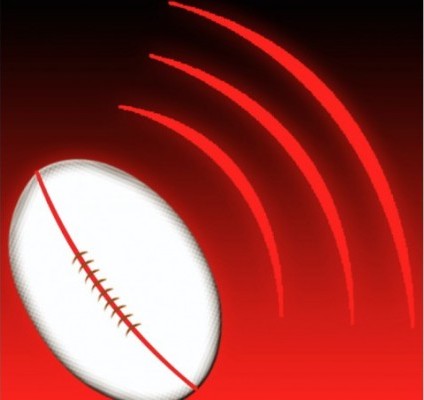More on the Pan-American Competition
More on the Pan-American Competition
Getting a Pan-American rugby competition done is no easy feat.
There hasn’t been anything approaching a full-international, cross-continental competition since 2003. And that was the nice but was done in a week and involved just four teams.
Newly announced today, the Pan-American 15s competition slated to start in 2016 will be a huge step for rugby in this hemisphere. Sure the teams involved range from #8 in World Rugby rankings to #36, but that’s not the point. Everyone agrees that all of the nations involved need more games. Their rankings aren’t going to improve unless they play, and win.
And they need something that involves a trophy. A series of loose friendlies is nice and all, but we keep score for a reason.
Everybody knows that there’s no more room in the summer, or in November, so the 6 Nations window in February is the logical time.
Making this happen wasn’t easy. World Rugby had their wants and needs. All of the other countries have their wants and needs. Someone makes a specific want or need a deal-breaker and the deal is … broken.
We spoke to USA Rugby CEO about the deal. Here are some of the things he told us:
1. It was a team effort. All six nations - Argentina, Brazil, Canada, Chile, United States, and Uruguay agreed on how to announce it, and when, and how the competition will be organized.
2. A new, more robust Pan-American Rugby Association will oversee the competition.
3. Local unions will provide referees and assistant referees, thus providing international experience for a whole new generation of referees. That’s 15 games and 45 officials positions (actually more because judicial officers, etc. would also be PARA people).
(The referee thing is a big deal. Young refs in the USA currently know that refereeing at the international level is a rare thing for them. But if a young referee knows that there are 15 games a year where he knows he has a shot at being at least a touch judge, then it might be more of an incentive for young rugby people to go into refereeing.)
4. Teams will play the other five teams once - either three games at home and two away, or vice-versa.
5. They are talking to sponsors and TV broadcasters. Certainly nothing set in stone, and World Rugby along with the unions might well bolster the event early on, but for this to work long-term there has to be sponsorship money and TV money.
6. There are plans for a 2nd division, so teams such as Mexico, Paraguay, Venezuela, and Bahamas can play and, some day, work toward a promotion-relegation situation.
7. While this tournament will be during the window when overseas pros can be called up from their pro clubs, it’s more likely that the USA, at least, will rely on domestic players and professionals from lower-level overseas competitions.
8. Suddenly the USA team increases its play by about 50%. In 2016 we’d expect a Tier I tourist in the summer and one in November, plus 3 PNC games in the summer and 3 games on tour in November, plus the 3 ARC games. That’s a pretty good schedule of 11 games, eight of which are full test matches. But not we increase it to 16. And we do it at the beginning of the year, building toward the PNC and also the big home game in November.
Will it work as a business proposition? Who knows. We hope so. But as a rugby opportunity - a competition against natural rivals and a trophy the USA can win, it makes all kinds of sense.











